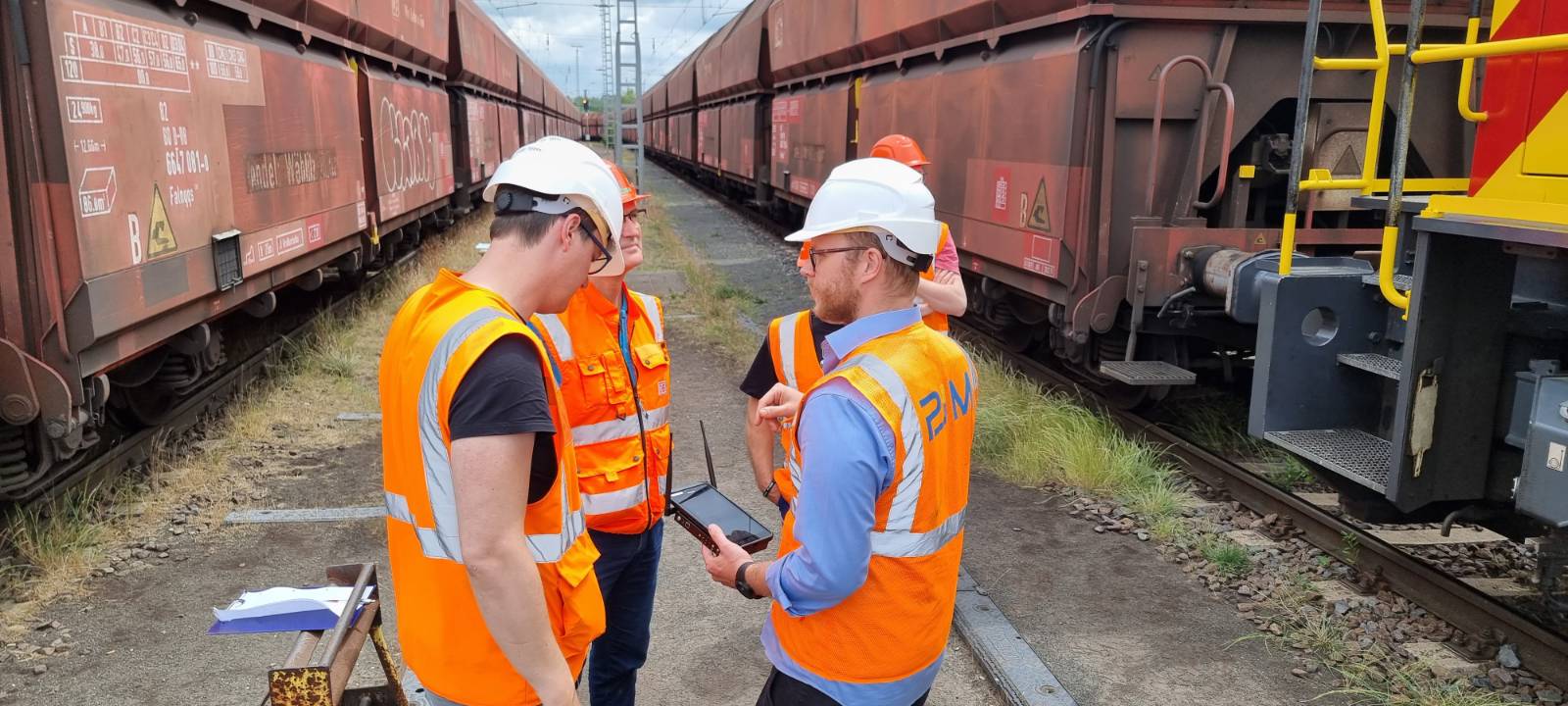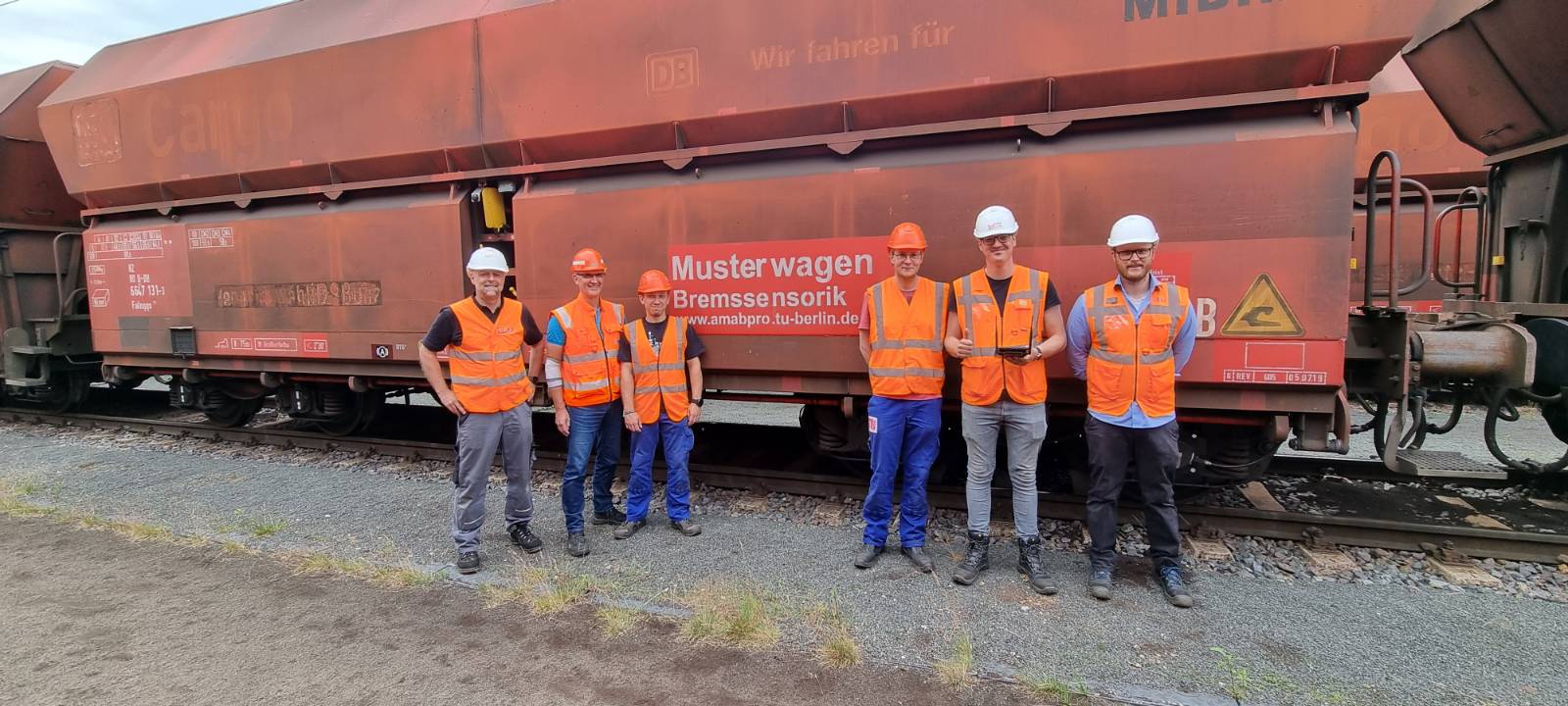Automated brake testing is also picking up speed in Germany. A pilot train with the automated brake testing system has been put into parallel operation by DB Cargo at Mitteldeutsche Eisenbahn GmbH (MEG). The technology has been developed by PJM and has been regarded as the European reference system since the positive evaluation by TÜV. The automated brake test meets all technical and formal criteria as well as safety-relevant specifications. The next step of the approved system is the roll-out. The brake test system is also designed for further automation steps. Thanks to the energy-autonomous and efficient power supply and local radio system, the system is now available and can be used flexibly for retrofit and new vehicles. The modular design ensures compatibility with future DAC. Depending on the operating grade, the brake test will be carried out automatically 4 - 6 times a day or around 1,800 times a year.
The automated brake test is an important component in making rail freight transport more efficient, faster and more attractive. The automated system creates efficiency: the time saved for a 400-meter freight train is around 2 x 35 minutes and the process can be carried out by the locomotive driver or wagon master alone. This is a major advantage from the perspective of the future labour market. The shortage of skilled workers and shunting personnel will increase in the coming years due to demographic developments. "It's high time to replace outdated work and tedious manual tasks with automated processes. Automation brings the urgently needed efficiency boost as well as increasing the profitability of rail transport. And it creates attractive job profiles," says Günter Petschnig, CEO of PJM.

